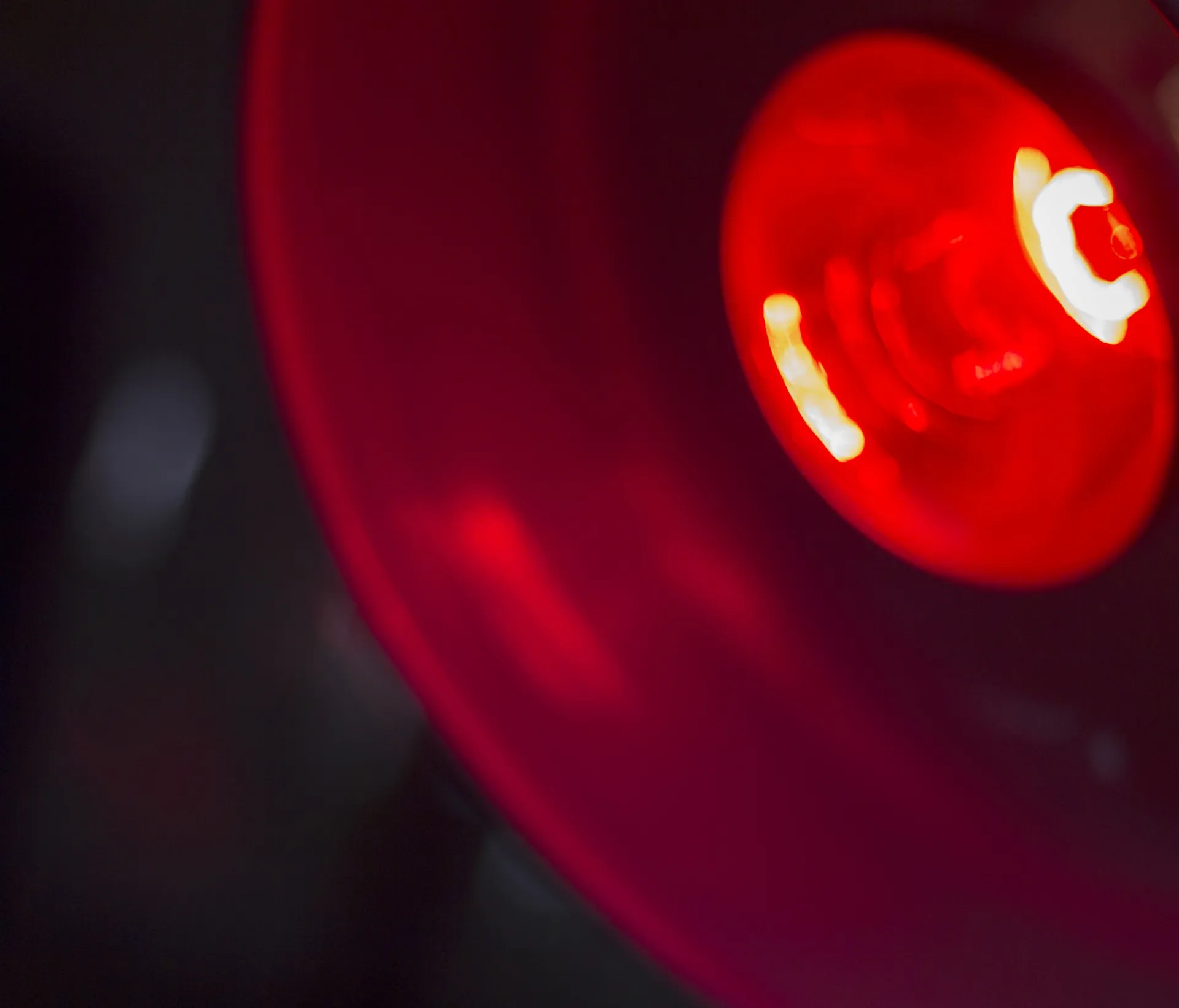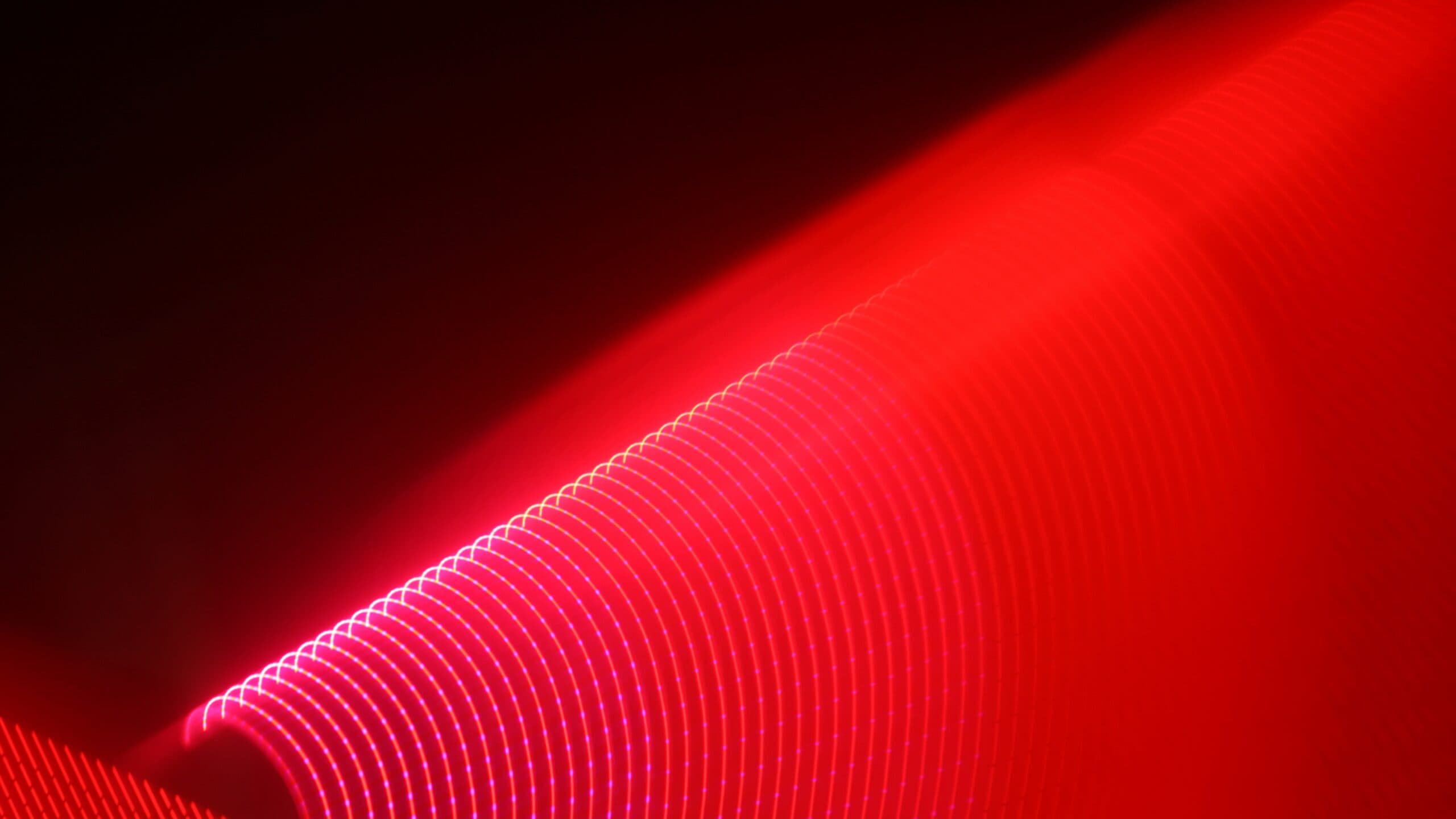Red light therapy EU is a relatively new treatment option that has been gaining rapid popularity. Upon first hearing about the approach to light treatment, you are probably plagued with a wide variety of questions. With so many scientific terms and hard-to-pronounce words such as ‘Photobiomodulation,’ you’re likely scratching your head.
Don’t worry. We’ve got you covered in this deep dive into red light therapy. We’ll cover exactly what red light therapy is, the science of how it works, and who can benefit from it.

Since its initial use, red light therapy before and after physical activity has been an increasingly popular treatment, primarily due to its quick and painless results. In order to better understand why this treatment has become so popular, here are some of the many red light therapy benefits:


Red light therapy is also commonly referred to as low-level light therapy (LLLT). Both photobiomodulation therapies utilize the science of red light but in slightly different ways. One uses LED lights, and the other uses lasers. To understand the difference, consider this, the Sun emits light at all frequencies. LED lights emit the same wavelength of colour but in a non-coherent way. Laser lights emit only one wavelength of light in a coherent way.
Red light therapy is commonly associated with therapy techniques that utilize LED lights affixed to a device. For any therapy to be considered LLLT, it must use only laser lights. These laser lights only emit between 600 and 1000nm and are less powerful than surgical lasers. Neither the red light therapy LED lights nor the LLLT lasers will generate heat.
A red light therapy device is specially outfitted with LED light bulbs that emit only specific bands of wavelengths. These LED lights only produce red and near-infrared wavelengths. The wavelengths these devices emit are measured in nanometers (nm). They can range from 620 to 660nm for visible red light and 810-850nm for near-infrared light.
The higher wavelength light bulbs are more typically used in offices for their ability to deliver more therapeutic results. It is imperative that only specific wavelengths of light can be emitted from these devices. This ensures that the laser lights are non-invasive and completely safe to use.
The lack of heat generated by both the LED red light therapy devices and LLLT lasers means cells do not increase in temperature. In addition, no adverse side effects have been discovered from utilizing this therapy. Red light therapy is very safe for patients seeking treatment.

Notifications